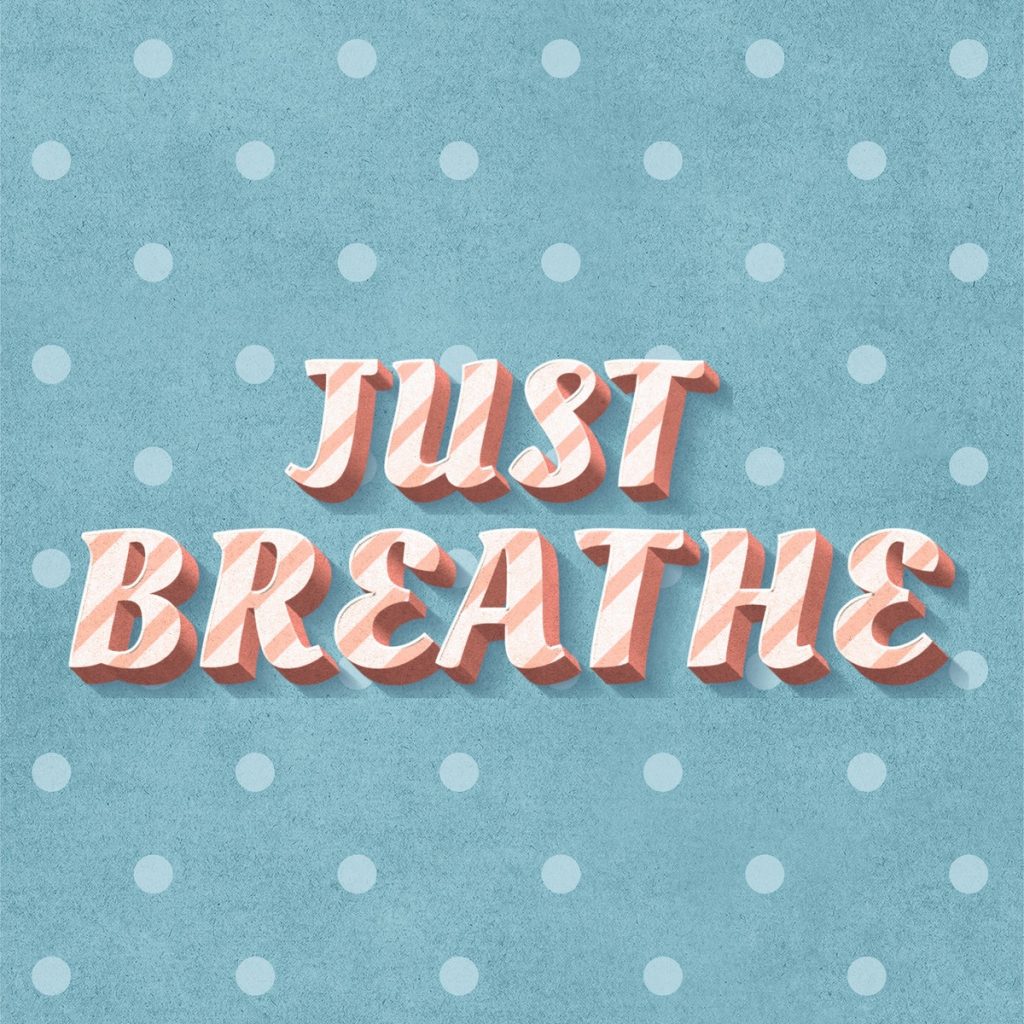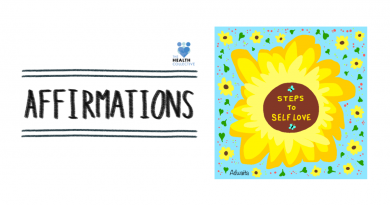Living with Anxiety and Learning how to Cope
Sartaj Singh
It’s not just the discomfort (thanks to the racing heart and expeditiously working lungs that resemble Titanic’s pistons) that I brave every day, but also the shame that comes along when people stare at my dancing limbs. It’s not just feeling vulnerable or unable to snap out of the cascading thoughts of the worst happening, but the loneliness that comes as a freebie when I see that no one else is struggling like me. Anxiety has been my shadow since forever — while I was in school, college, at home, during my relationships, and even when I was alone in my bed.
It would make its presence felt even at the slight hint of a minor confrontation with someone. In college, I almost skipped my farewell because I was too occupied with the thoughts of how it could all go wrong if I went, not to mention that I couldn’t enjoy even a bit of it when I eventually did go… I don’t even remember much of it now except the feeling of having graduated without having made any memories as such.
Just a couple of years ago I realised, that my problem has a name. I used to think that I’m just a coward and an overthinker. I stalked the self-help section of bookstores and websites to find ways to regulate my emotions on days I felt handicapped. Meditation seemed to be the answer as it involved calming the breath, the first thing that is thrown out-of-kilter during the anxiety bouts. I started by practising awareness and gratitude form of meditation. They involve observing the bodily sensations to bring the attention back to one’s self and then being grateful for things that provide you some value (this seemed rubbish at first since I had resentment for almost everything around me, but I managed).
ALSO READ
Its benefits started showing after the first session itself, as I learnt how to detach myself (like the rocket boosters detach from the space shuttle post- launch) during episodes of emotional hijacking. It was like watching a turbulent river from the bank, atop a hill rather than rafting in it. But not every day was like that, as I do find myself falling back to my old behavioural patterns more often than not. Since this new calmer version of myself seemed unfamiliar, I sub-consciouly missed my anxious self. I knew I needed more time and tools to get used to a non-hypervigilant me.
The words “vagus nerve stimulation” would pop up quite frequently while I devoured the self-help material available on the Internet, but I kept ignoring it as it sounded like some surgical implant that should be my last resort. That is, until a friend of mine (who like me has been struggling with chronic anxiety since childhood) sent me a video about biofeedback technique to massage the vagus nerve, calming the heart rate and breath. I tried it and it made me feel better, but I couldn’t understand how and why it worked. After going through a couple of other things that people suggested to stimulate the vagus nerve, I realised that its effectiveness is obvious and has always been accepted as a way to feel better for ages, unknowingly.
The vagus nerve is a cranial nerve that is part of the autonomic nervous system (ANS). (There are two primary divisions of the ANS – Sympathetic and Parasympathetic. “The parasympathetic nervous system is responsible for the body’s rest and digestion response when the body is relaxed, resting, or feeding,” as you can read here)
As the key nerve pathway of the parasympathetic division of the ANS, the vagus nerve is responsible for the body’s relaxing response – for example, after a stressful situation. (More here)
I learned that the most popular biofeedback techniques to stimulate the vagus nerve are:
1. Gently massaging the skin behind the ears
2. Cold water exposure
3. Humming or singing
4. Diaphragmatic (deep) breathing
Before I tried any of these, I wanted to believe that it actually works by trying to fit it into the list of things that usually calm me down. When I use a Q-tip to clean up the wax inside the ears, I get an orgasmic pleasure. I believe it stimulates our vagus nerve, hence the relaxation. That’s when I tried the first technique of massaging the skin behind the ears and found it to be equally relaxing. Then I thought of how bathing really calms me down and I remembered when I used to come home from outside, all tired and sweaty, my mother used to ask me to wash my face with cold water and freshen up — the cold water technique works as well. For the third technique, let’s remember the last time we were normally doing a chore or walking up to the kitchen to grab some snacks. Maybe you were casually humming some tune? It’s proposed that since the vagus nerve has its fibres touching parts of throat, singing or humming stimulates it. That’s why singing is therapeutic for some people.
Easier said than done, perhaps. Since my constant companion, anxiety, rarely permits me to be that relaxed at any time of the day, I had to train myself for a few days to act as if I’m relaxed, to actually feel relaxed — it worked! I guess that’s why some people tell themselves “all is well” whenever they are too stressed or frightened; they call it fooling the heart. Actually it’s stimulating the vagus nerve by making positive affirmations that calm our nervous system down and lower the heart rate.
The last technique, is practically the most common advice received when someone is too angry or stressed out (emotionally hijacked) — deep breathing. It’s part of meditation, yoga, and is proven to help people think straight when they are dysregulated. So if it works after a stressful episode, we can surely use it to make our anxiety more manageable when it first starts to show physiological symptoms — try and stop it before it spirals into a tornado.

My go-to technique for stepping out of the turbulent waters is diaphragmatic breathing, as I can do it anywhere, anytime. The key is to breathe deep as if you’re breathing into your belly, watch your whole torso expand without raising the shoulders or chest and exhaling for longer than you inhaled. I do this 2-4 times and I’m able to step out of the storm and then use other means to work my way out of it. Telling myself that I’m safe and that everything is fine, helps me to gain some control back in the situation.
The aim is not to beat anxiety and stress, but to acquire tools to make it manageable, to learn how to live with it. So, the next time my limbs start dancing, I would know where to go – Vegas! I mean vagus.
About the Author:
Sartaj Singh is a Writer/Musician from Delhi. He aspires to share his healing journey, to ensure that the online content for self-help is evergrowing. See his work at https://therubbishtruths.com/ and find him on Twitter @RubbishTruths


